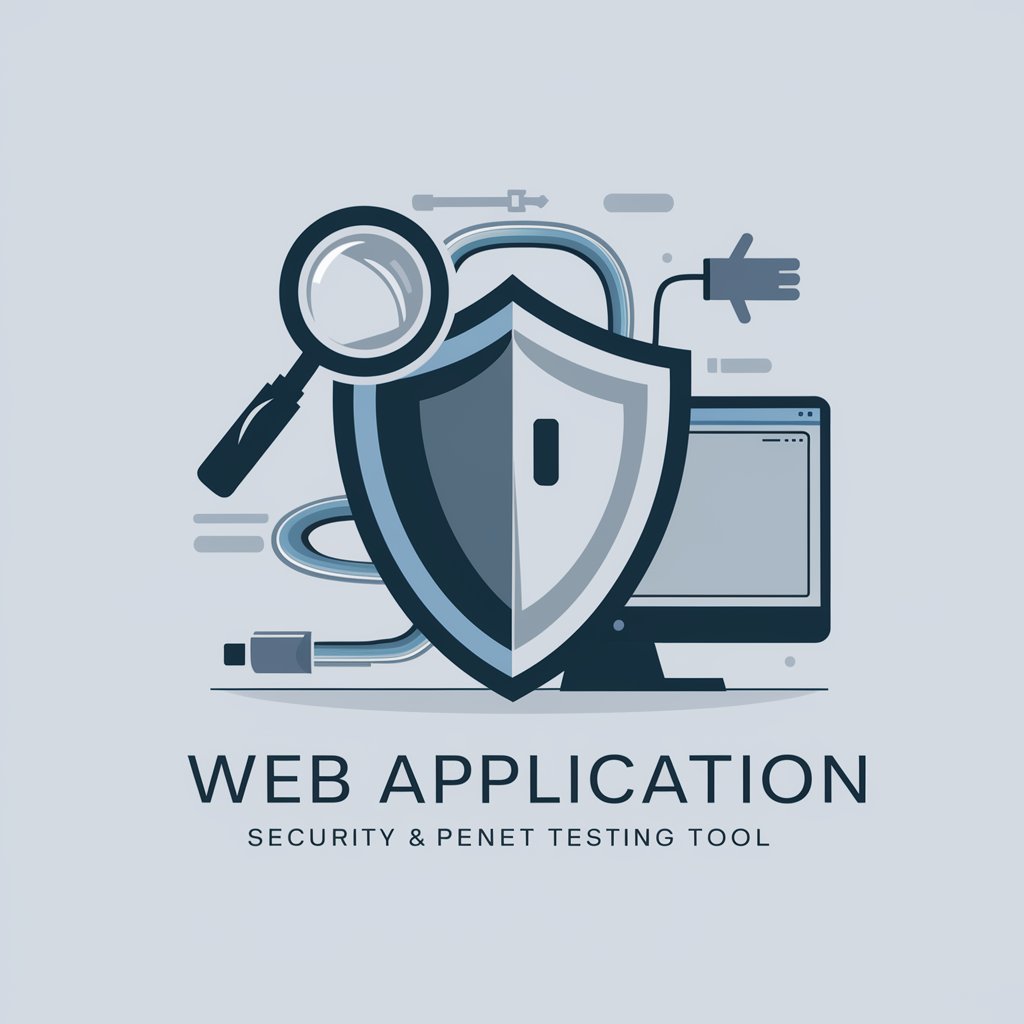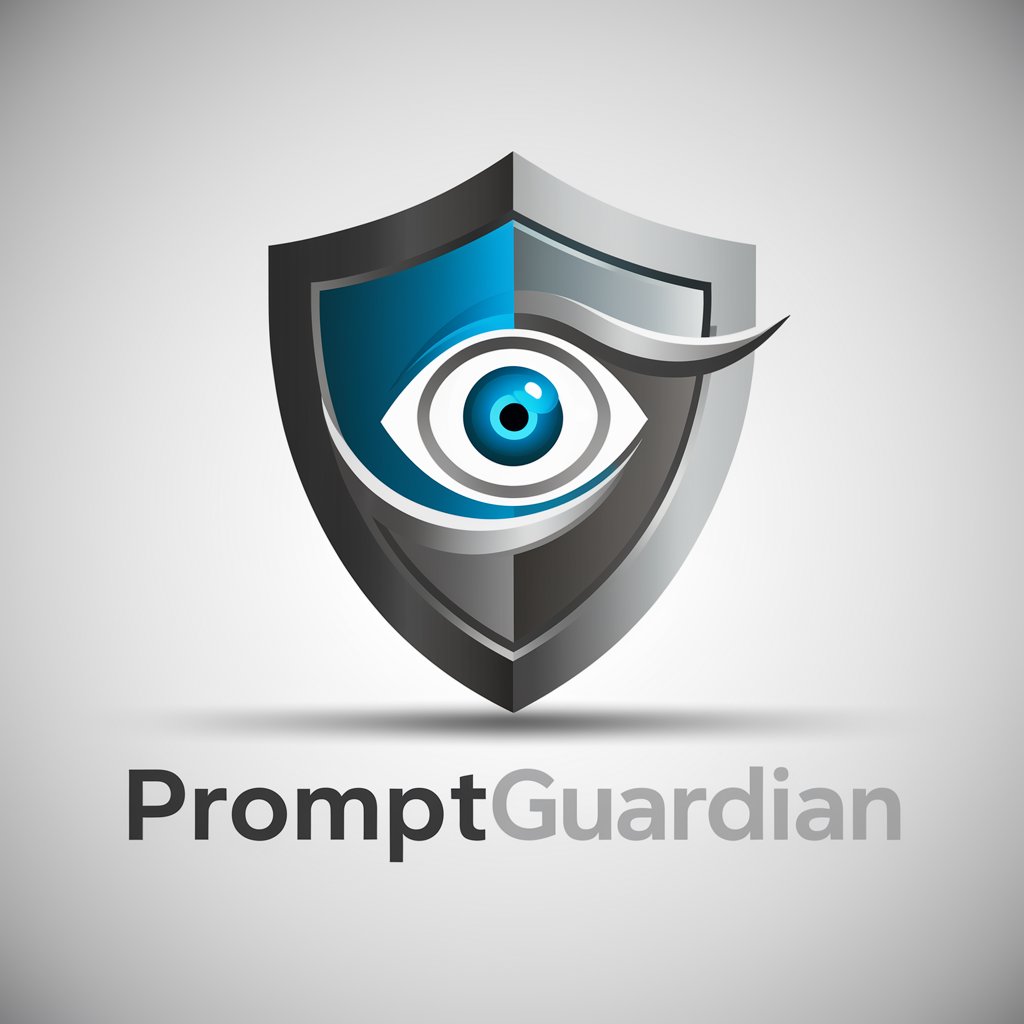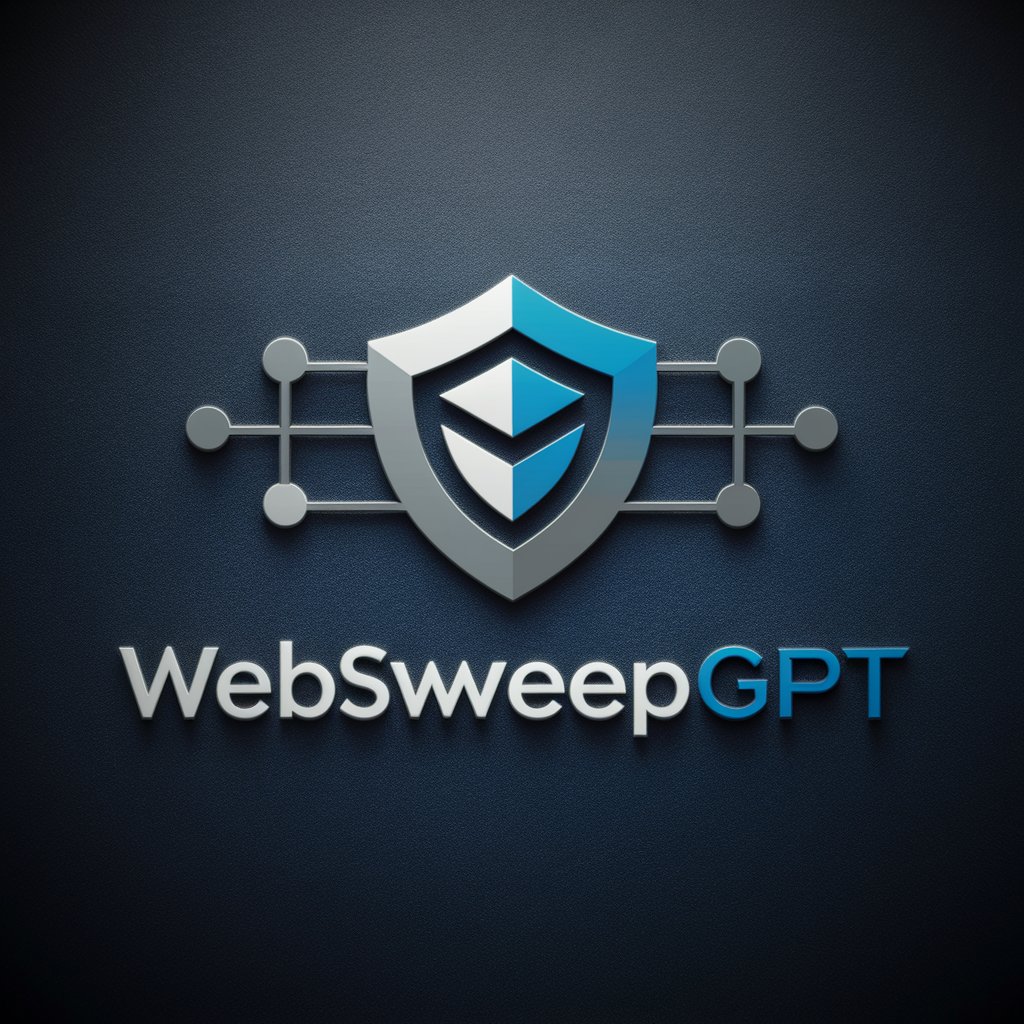
WebApp Guard Security Checks - WebApp Security Testing

Welcome! Let's secure your web apps efficiently.
AI-powered Web Security Automation
How can I enhance my web app's security using WebGuard Tutor?
What are the best practices for secure form validation?
Explain the steps to prevent SQL injection in a web app.
How do I secure user authentication in my web application?
Get Embed Code
Overview of WebApp Guard Security Checks
WebApp Guard Security Checks is designed to enhance the security of web applications by providing a series of targeted checks and measures aimed at identifying vulnerabilities and potential security gaps. The core functionality revolves around automated scanning, analysis, and testing of web applications to detect issues like SQL injection, XSS (Cross-Site Scripting), CSRF (Cross-Site Request Forgery), and more. It offers real-time insights and recommendations for improving security measures based on current best practices and known security frameworks. An example scenario is the automated scanning of a web application's login page to detect weak encryption practices or the potential for injection attacks, providing developers with immediate feedback and corrective suggestions. Powered by ChatGPT-4o。

Key Functions of WebApp Guard Security Checks
Vulnerability Scanning
Example
Automated tools scan a web app’s interfaces to detect vulnerabilities like SQL injection risks in input forms.
Scenario
For instance, in a scenario where a developer deploys a new public-facing application form, the tool scans the form inputs to ensure that they properly sanitize and validate user input, thereby preventing malicious data from compromising the database.
Security Audit Trails
Example
Tracks and logs all security-related events within the web application, such as login attempts and data access.
Scenario
When an unauthorized attempt is made to access the admin panel of a web application, the security audit trail records this attempt along with IP address and timestamp, enabling administrators to track and respond to potential threats.
Real-Time Monitoring and Alerts
Example
Monitors web applications for unusual activity indicating potential security threats, instantly alerting administrators.
Scenario
If an unusually high number of requests are made to a server from a single IP address, suggesting a possible DDoS attack, real-time monitoring tools can alert the IT team who can then take immediate action to mitigate the attack.
Compliance Reporting
Example
Generates reports detailing the security posture of the web application against industry standards and regulations.
Scenario
A healthcare provider uses WebApp Guard to generate reports that assess how their patient data management system aligns with HIPAA regulations, ensuring that they maintain compliance and avoid penalties.
Target User Groups for WebApp Guard Security Checks
Web Developers
Web developers from companies of all sizes can use WebApp Guard to identify and fix security vulnerabilities during the development phase, ensuring their applications are secure before deployment.
IT Security Teams
IT security teams within organizations benefit from detailed vulnerability assessments and monitoring capabilities to protect company data and maintain regulatory compliance.
Compliance Officers
Compliance officers use WebApp Guard to ensure that their web applications adhere to necessary legal and regulatory requirements, helping to avoid legal issues and fines.

Usage Guidelines for WebApp Guard Security Checks
Step 1
Visit yeschat.ai to start using WebApp Guard Security Checks for free without the need for login or ChatGPT Plus subscription.
Step 2
Choose the security checks module relevant to your web application's requirements, such as SQL injection prevention or XSS protection.
Step 3
Follow the setup instructions to integrate WebApp Guard Security Checks with your web development environment.
Step 4
Configure the settings to tailor the security checks to the specific security policies and risk profiles of your web application.
Step 5
Run the security checks regularly during development and before deployment to catch and resolve security vulnerabilities early.
Try other advanced and practical GPTs
Deep Miner
Empowering your AI journey with tailored code solutions.

Mystic Manor Puzzle
Unravel mysteries with AI

Chainsaw Art GPT
Crafting Chainsaw-Infused Masterpieces with AI
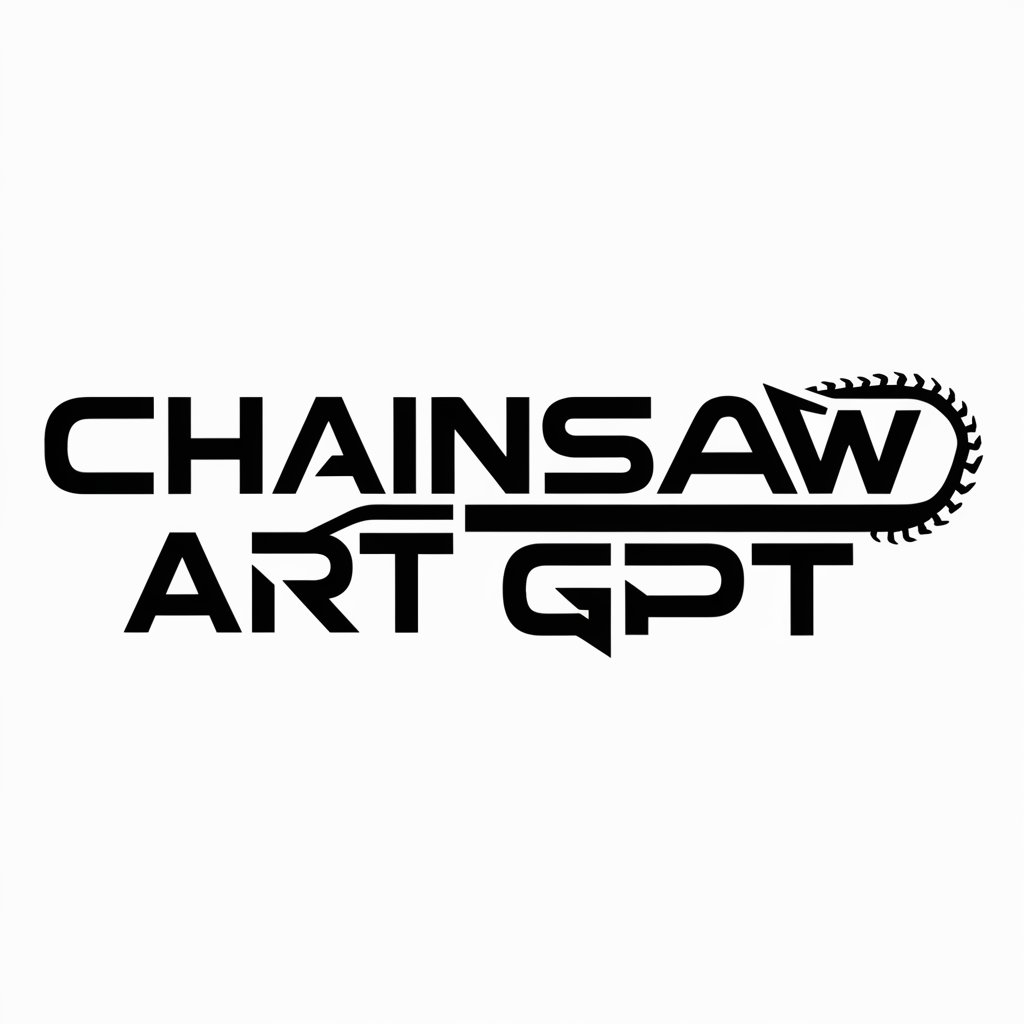
Generator dobrej aukcji Allegro!
Optimize Allegro Sales with AI Power

Software Prototype Assistant
AI-powered tool for building software prototypes

Prototypes
AI-powered, precision text generation

Grammar Bot
Elevate Your Writing with AI-Powered Precision

WP ACF Builder
Dynamize WordPress with AI-Powered Custom Fields

Dutch Text Assistant
AI-powered Dutch text refinement.

WP and WooCommerce Expert
AI-powered tool for WP & WooCommerce support

Token Maker
Craft Your Game, Power Your Play
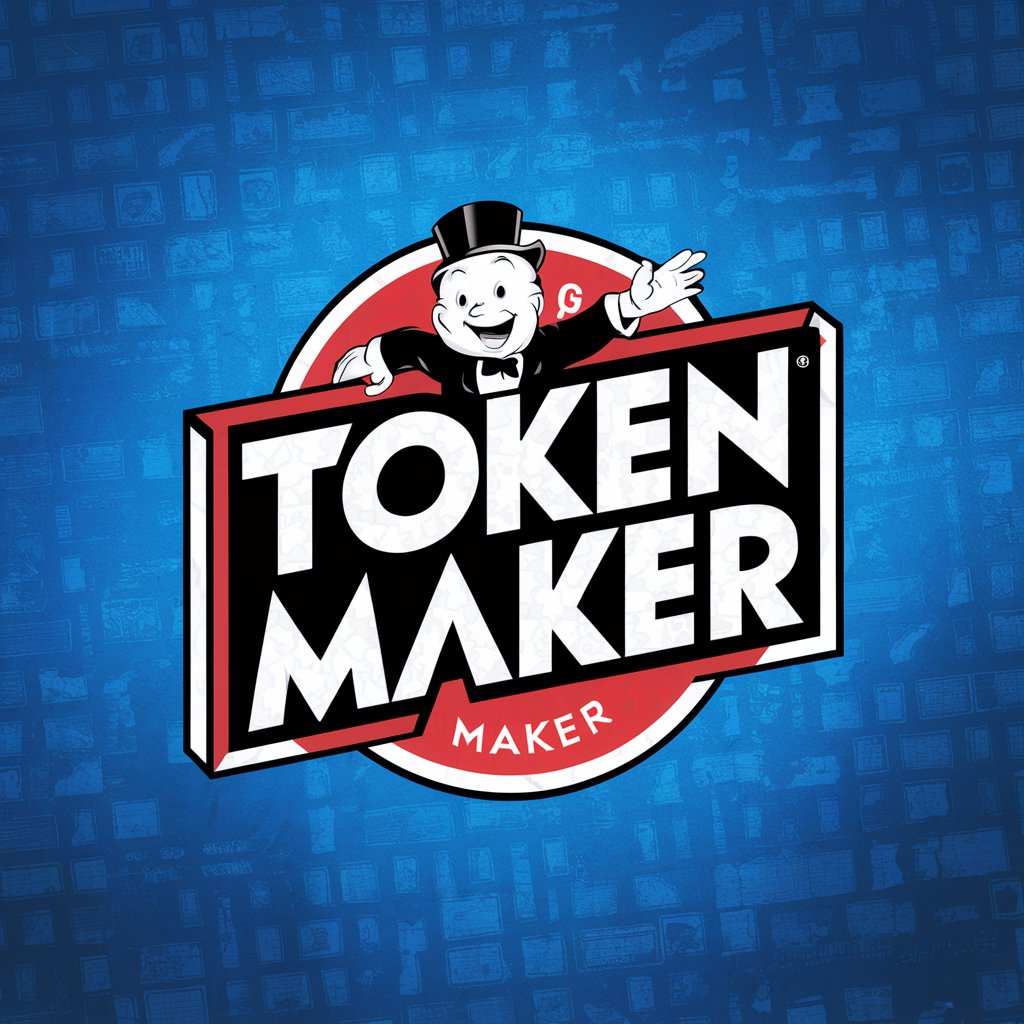
Thai Gramma
Perfect Your Thai with AI

Frequently Asked Questions about WebApp Guard Security Checks
What types of web application vulnerabilities can WebApp Guard Security Checks detect?
WebApp Guard can detect various vulnerabilities such as SQL injections, cross-site scripting (XSS), cross-site request forgery (CSRF), and others.
How does WebApp Guard integrate with existing development workflows?
WebApp Guard is designed to integrate seamlessly into development workflows using plugins for popular development environments and CI/CD pipelines.
Can WebApp Guard Security Checks be customized for specific security requirements?
Yes, the checks can be customized to address specific security concerns by configuring the rules and sensitivity settings within the tool.
What are the prerequisites for using WebApp Guard Security Checks?
A working web development environment is needed, along with basic understanding of web application security principles.
How often should I run WebApp Guard Security Checks?
It's recommended to run checks during development after significant changes, and definitely before deploying new versions of your web application.
